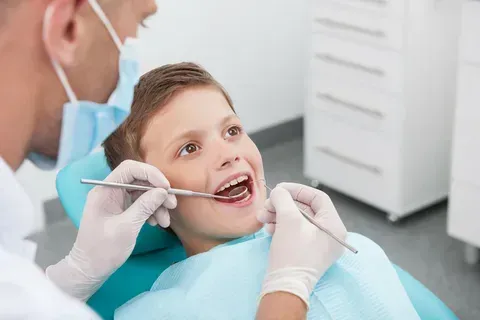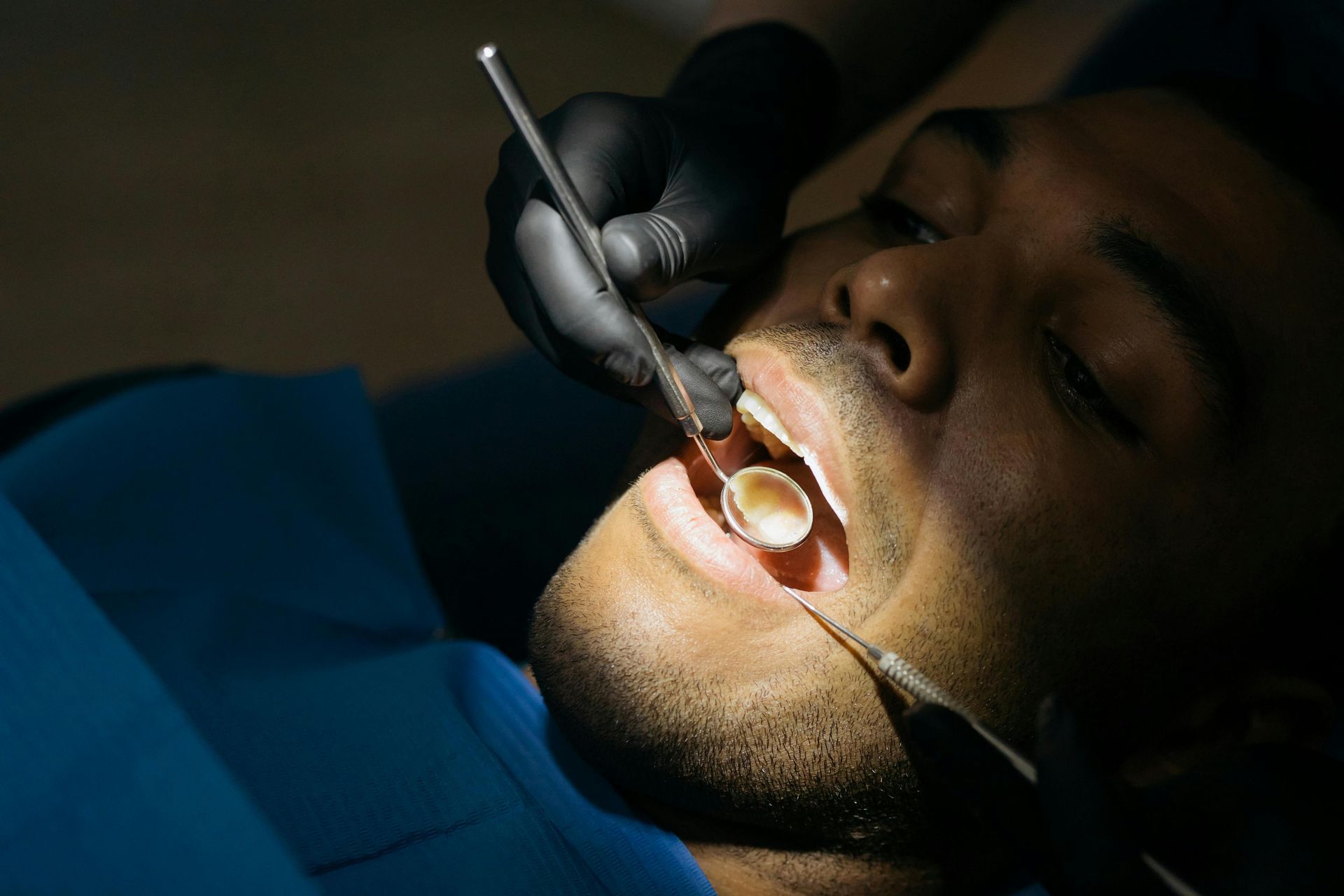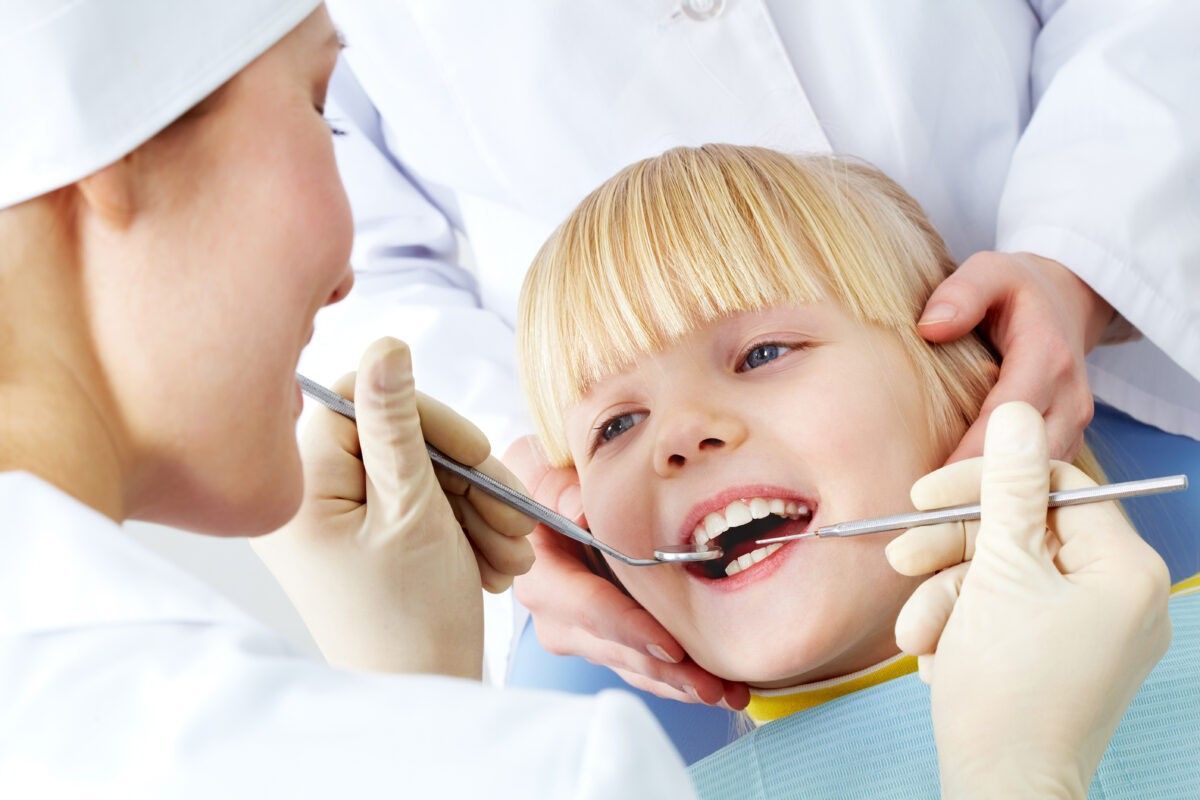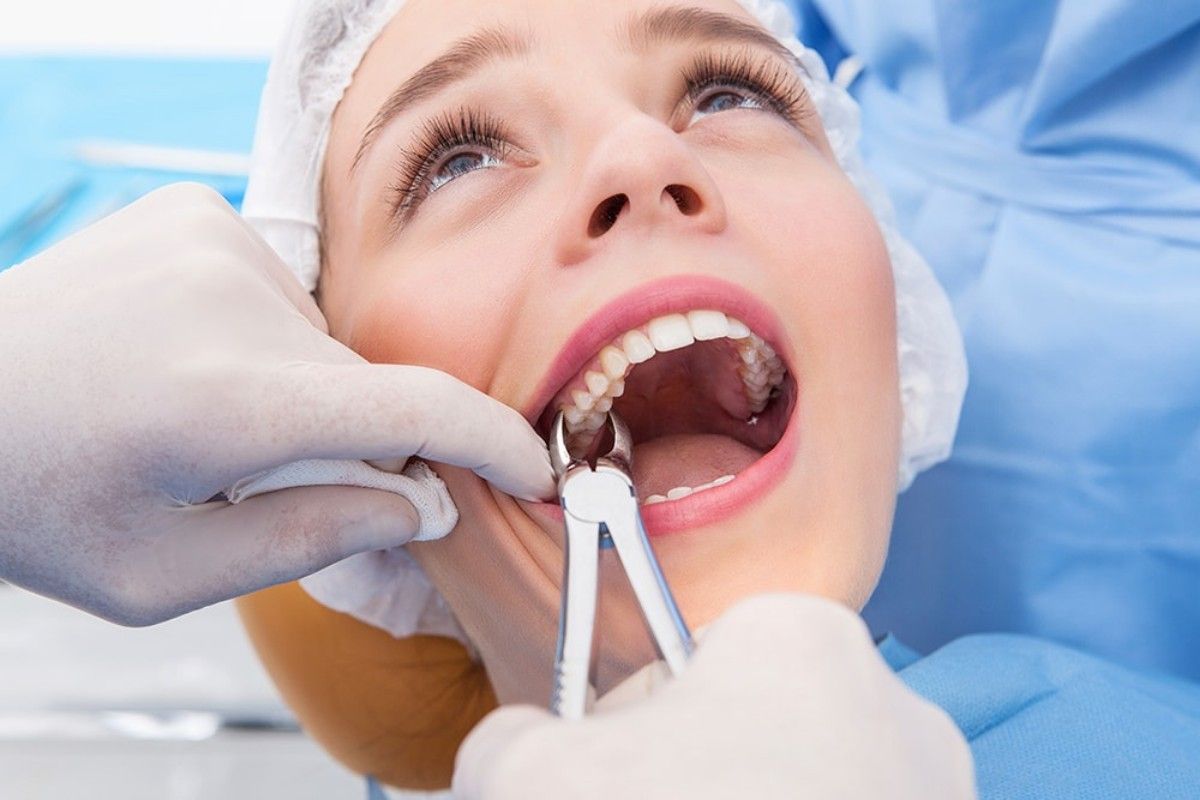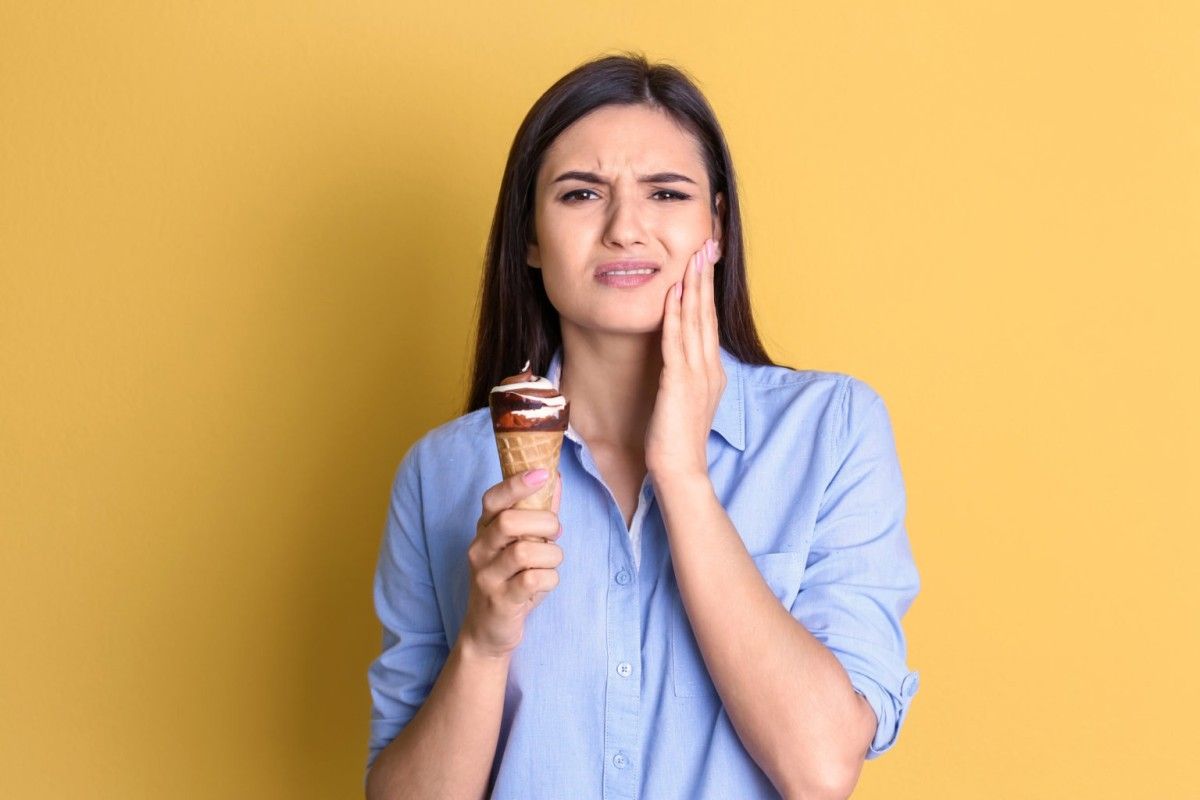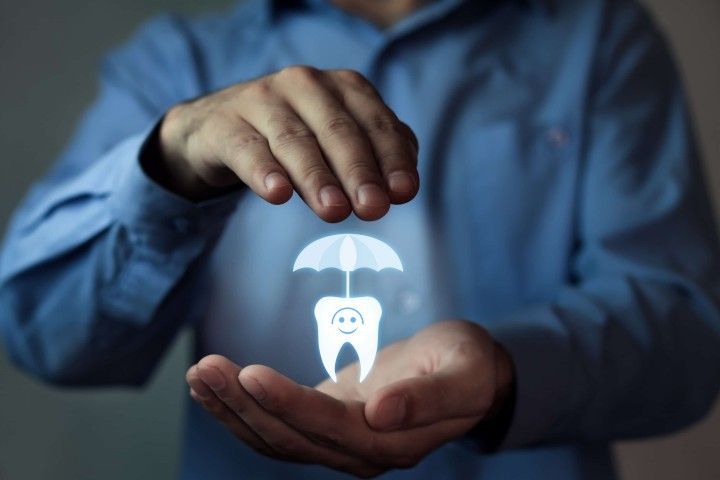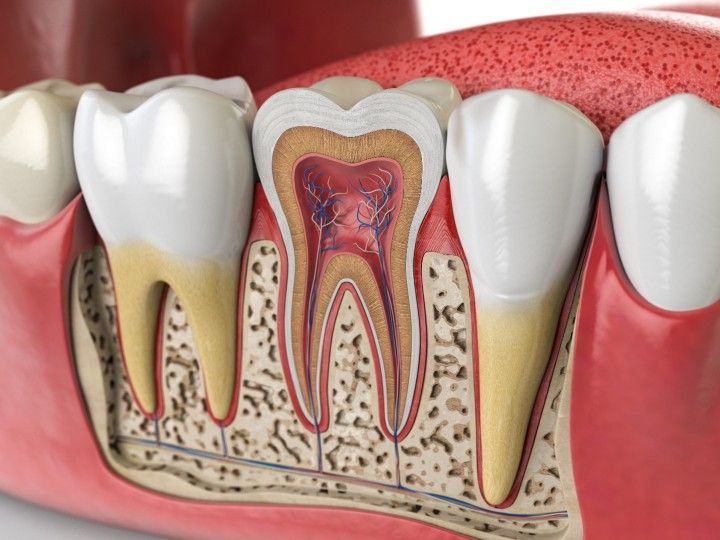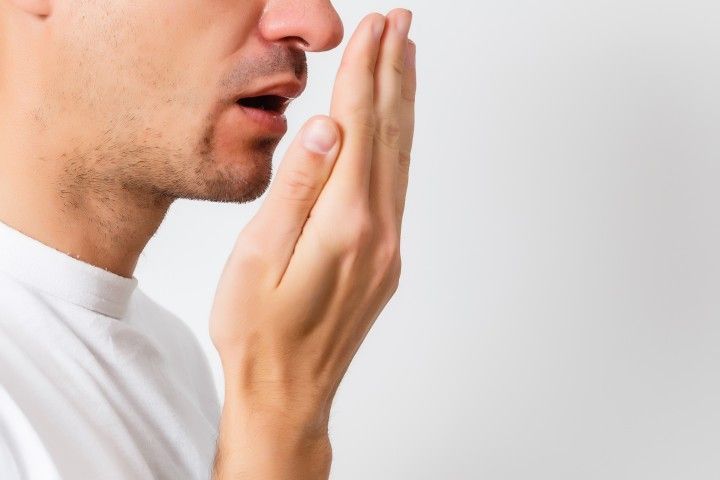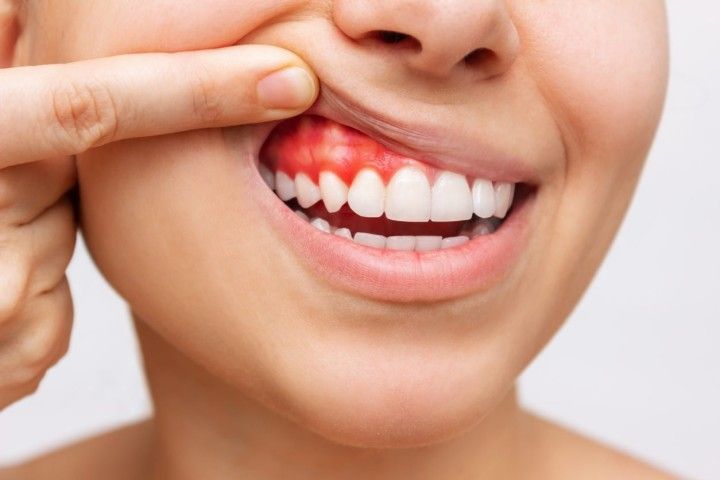A Comprehensive Guide to Dental Emergencies: What to Do When the Unexpected Happens
Introduction
Dental emergencies can be both painful and distressing, and knowing how to handle them is crucial to minimize pain, discomfort, and potential complications. While prevention is the best approach to maintaining good oral health, accidents and unexpected issues can still occur. This comprehensive guide aims to educate you on what to do in various dental emergencies, offering practical advice, tips, and steps to follow when faced with such situations.
1.1 Types of Dental Emergencies
Dental emergencies can encompass a range of issues, some of the most common ones include:
- Severe toothache
- Knocked-out tooth (avulsed)
- Broken or chipped tooth
- Lost filling or crown
- Object stuck between teeth
- Bleeding gums or mouth
1.2 Signs and Symptoms
Recognizing the signs and symptoms of dental emergencies is crucial. If you experience any of the following, you may be facing a dental emergency:
- Intense, persistent toothache
- Swelling or abscess in the mouth
- Uncontrolled bleeding from the mouth
- Loose or knocked-out tooth
- Cracked, chipped, or broken tooth
- Lost filling or crown
- Severe pain or discomfort in the jaw
- Immediate First Aid
In any dental emergency, providing immediate first aid can help alleviate pain and minimize further damage. Here's what you should do for some common dental emergencies:
2.1 Toothaches
Toothaches can range from mild discomfort to excruciating pain. First, rinse your mouth gently with warm water to clean the area. Floss gently to remove any trapped food particles. If pain persists, avoid putting aspirin directly on the tooth, as it may cause damage to the gum tissue. Instead, take over-the-counter pain relievers according to the label instructions and consult a dentist promptly.
2.2 Knocked-Out Tooth (Avulsed)
A knocked-out tooth is a critical dental emergency that requires immediate attention. Handle the tooth by the crown (the top part), not the root. Gently rinse it with water if it's dirty, but do not scrub or remove any attached tissue fragments. Try to reinsert the tooth into its socket if possible and hold it in place with clean gauze or a tissue. If this is not possible, place the tooth in a container with milk or a saline solution and head to the dentist immediately. Time is of the essence when it comes to reattaching a knocked-out tooth.
2.3 Broken or Chipped Tooth
For a broken or chipped tooth, rinse your mouth gently with warm water to clean the area. If you can find the broken fragment, save it and bring it to the dentist. Apply a cold compress to reduce swelling if needed, and seek dental care as soon as possible.
2.4 Lost Filling or Crown
If a filling or crown falls out, it's essential to cover the affected tooth until you can see your dentist. Dental wax or temporary dental cement, available at most pharmacies, can be used as a temporary fix to protect the exposed tooth. Avoid chewing on the affected side, and schedule an emergency dental appointment as soon as possible.
2.5 Object Stuck Between Teeth
If an object gets stuck between your teeth, try to gently remove it with dental floss. Do not use sharp or pointed objects to avoid causing damage to your gums or teeth. If you can't remove the object, or if it causes pain or bleeding, seek professional help promptly.
2.6 Bleeding Gums or Mouth
Bleeding gums or a bleeding mouth could be a sign of various issues, including gum disease or injury. Rinse your mouth gently with warm water to clean the area and try to identify the source of the bleeding. If bleeding persists or is severe, contact your dentist immediately.
- What to Do Before Seeing a Dentist
3.1 Temporary Pain Relief
While waiting for your dental appointment, there are some steps you can take to manage pain or discomfort:
- Over-the-counter pain relievers: Follow the label instructions for dosage.
- Saltwater rinse: Mix half a teaspoon of salt in eight ounces of warm water and use it to rinse your mouth gently.
- Cold compress: Apply a cold compress to the outside of your cheek to reduce swelling.
3.2 Temporary Tooth Replacement
If you've lost a tooth or had a tooth knocked out, taking the right steps can potentially save the tooth. Here's what to do:
- Reinsert the tooth into its socket if possible, holding it by the crown. Gently bite down on clean gauze or a tissue to keep it in place.
- If reinserting the tooth is not feasible, place it in a container with milk or a saline solution. This will help preserve the tooth until you can see a dentist.
3.3 How to Care for a Knocked-Out Tooth
Preserving a knocked-out tooth is crucial for potential reattachment. Follow these steps:
- Handle the tooth by the crown, not the root.
- Rinse the tooth gently with water if it's dirty, but do not scrub it or remove any attached tissue.
- Try to reinsert the tooth into its socket if possible and hold it in place with clean gauze or a tissue.
- If reinsertion is not possible, place the tooth in a container with milk or a saline solution. Avoid storing it in water.
3.4 Handling a Broken or Chipped Tooth
For a broken or chipped tooth, follow these steps:
- Rinse your mouth gently with warm water to clean the area.
- If you can find the broken fragment, save it and bring it to the dentist.
- Apply a cold compress to the outside of your cheek to reduce swelling.
3.5 Managing Lost Fillings or Crowns
When a filling or crown is lost, here's what you can do:
- Cover the affected tooth with dental wax or temporary dental cement, available at most pharmacies.
- Avoid chewing on the affected side of your mouth.
- Schedule an emergency dental appointment to replace the filling or crown.
- Making an Emergency Dental Appointment
4.1 Choosing the Right Dentist
When facing a dental emergency, it's essential to choose the right dentist for prompt and effective care. Consider the following:
- Your regular dentist: If possible, contact your regular dentist first. They are familiar with your dental history and can provide the most personalized care.
- Emergency dental services: Many dental clinics offer emergency services and extended hours. Look for one near you, and call ahead to ensure they can accommodate your situation.
4.2 Communicating Your Situation
When making an emergency dental appointment, be clear and concise when describing your situation. Provide as much detail as possible about your symptoms and any first-aid measures you've taken. This information will help the dentist prepare for your arrival and prioritize your case.
4.3 Insurance and Payment
Before your emergency dental visit, check your dental insurance coverage to understand what is covered in emergencies. Some dental insurance plans may have specific provisions for emergency care. Be prepared to discuss payment options with the dental office if necessary.
- Preventing Dental Emergencies
While knowing how to handle dental emergencies is crucial, it's equally important to take steps to prevent them in the first place. Here are some tips to maintain good oral health and reduce the risk of dental emergencies:
- Maintain regular dental check-ups: Visit your dentist for regular check-ups and cleanings to identify and address potential issues before they become emergencies.
- Practice good oral hygiene: Brush your teeth at least twice a day, floss daily, and use an antimicrobial mouthwash to reduce the risk of gum disease and tooth decay.
- Wear protective gear: If you play contact sports or grind your teeth at night, consider wearing a mouthguard or a nightguard to protect your teeth.
- Avoid harmful habits: Limit sugary snacks and drinks, avoid using your teeth as tools, and refrain from biting on hard objects like ice or pens.
- Stay hydrated: Drink plenty of water to maintain saliva production, which helps protect against tooth decay.
- Know your risk factors: If you have a history of dental issues, inform your dentist so they can tailor your preventive care plan accordingly.
Conclusion
Dental emergencies can be both painful and stressful, but knowing how to respond can make a significant difference in the outcome. Recognizing the signs and symptoms, providing immediate first aid, and seeking prompt dental care are crucial steps to manage dental emergencies effectively.
Remember that prevention is key to maintaining good oral health and reducing the risk of emergencies. Regular dental check-ups, proper oral hygiene practices, and protective measures can go a long way in keeping your smile healthy and beautiful.
In any dental emergency, don't hesitate to contact your dentist or an
emergency dental clinic for immediate assistance. Your oral health is an essential part of your overall well-being, and timely action can help you preserve your teeth and alleviate pain and discomfort.
